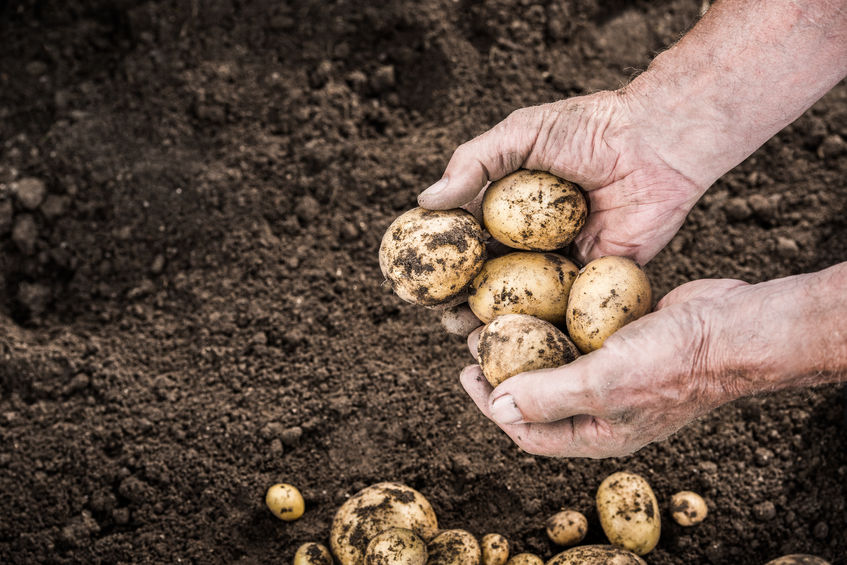
A tool based on a simple traffic-light system could help farmers identify the most appropriate ways to measure soil health.
The tool is being developed as part of the five-year AHDB and British Beet Research Organisation (BBRO) Soil Health Partnership.
Its component parts were outlined by NIAB’s Elizabeth Stockdale at the 2017 AHDB Agronomists’ Conference.
People are also being encouraged to get involved in the Partnership to help steer its direction – in the first instance, by completing a short survey on soil health and its measurement.
At the conference, Ms Stockdale said a vast amount of soil health knowledge had been generated and used to map soil complexity, but science had not created the useful ‘rules of thumb’ to cut through the complexity to deliver practical resources for farmers.
When it comes to practical application, she said many farmers are often up to and ahead of research trials and stressed how important it was that they get involved in the Partnership to shape its direction.
To help bridge the gap between soil science and on-farm requirements, two industry workshops took place in November 2017. A key element of the workshops was to catalogue practices already used to measure soil health on farms.
At the conference, a range of soil health indicators – from those available commercially to those that require development – were presented.
Scorecard system
With so many potential indicators on offer, the Partnership is now looking at ways to highlight the best ones to use in specific situations.
Rather than starting from scratch, the team turned to Australia for inspiration, where a ‘scorecard’ system for testing soil health has already been developed.
Based on thresholds, the system uses traffic-light coding to flag up which indicators are potentially the most useful.
A similar system could be used in the UK and there appears to be a hunger for more information. For example, around 90 per cent of workshop attendees said they would find a simple soil health test, which could be used in each field/zone every four years, useful.
According to Ms Stockdale, people should think of measuring soil health as a way of conducting an MOT on the land. The Partnership will provide information and tools to help farmers to maintain the engine of the land – the soil.
Working with other AHDB sectors and the British Beet Research Organisation (BBRO), one million pounds has been invested in the five-year (2017 to 2021) Soil Biology and Soil Health Partnership.
